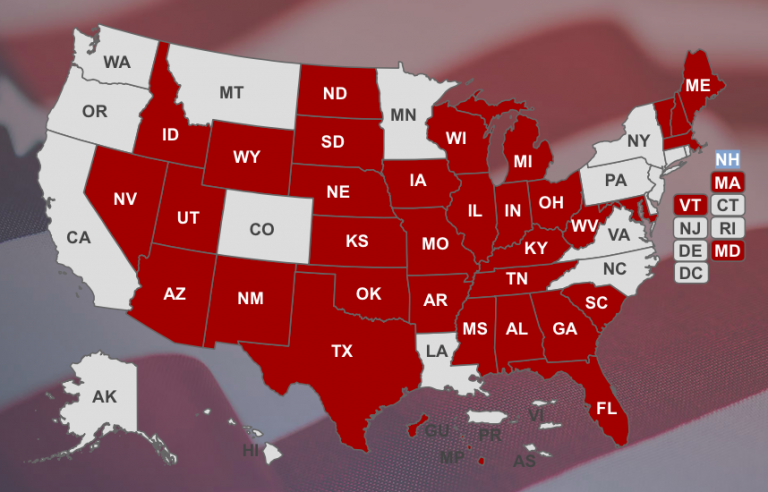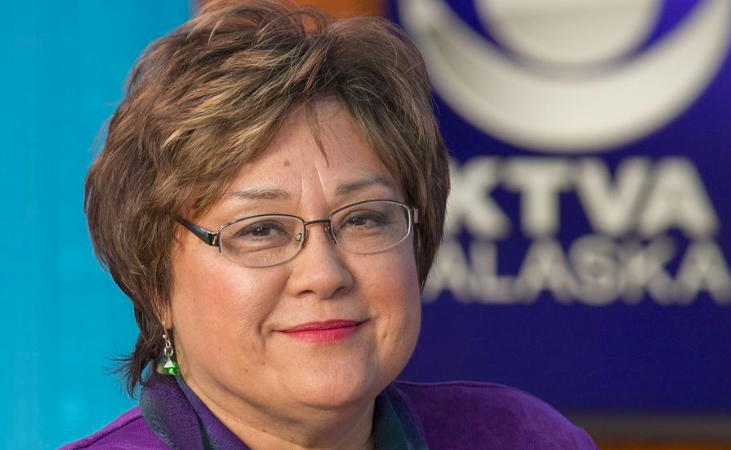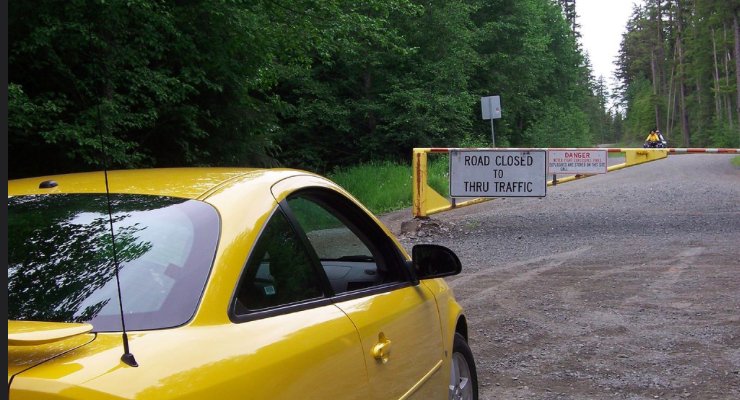THE VICTIM: JAYMES BRADLEY

Jaymes Bradley was shot down in the parking lot of the Puffin Inn in Spenard on Thursday night.
At 9:30 pm, police were called to the hotel and found his body, holes in his torso, still warm. There have been no arrests but police have a warrant for Orlando Holder. Three men are thought to be involved in the homicide, which may have been the end point of an argument, according to the scant information available.
The victim was known to the justice system. Bradley was the man who robbed two cab drivers a year ago within 24 hours.
The first incident happened at 2:20 am on July 24 in the 900 block of West 11th Ave. The cab driver told police he was ending his shift when a light blue or silver car pulled up, a young man got out and approached the cab, with his gun pointed. He demanded cash and then left in the same car.
The second incident, at midnight of July 25, occurred in the 3100 block of Deborah Lynn Circle. An Alaska Yellow Cab driver had dropped off a passenger when he was flagged down by a man, who got into the back seat of the cab, pulled a gun out, and demanded money and the key to the cab. The driver handed over the money and key and the robber drove off down the street, parked, and then got into a silver car, which drove away.
Bradley was caught on video in one of those robberies and was on the run all summer. He finally turned himself in on Sept. 12.
Raised in a military family, Bradley spend much of his youth in Germany.
THE PERP: ORLANDO HOLDER

Orlando Holder is a recycled product of the pre-trial risk assessment program of the Department of Corrections, which has allowed criminals out of jail while they wait for their trials, often with little or no bail posted.
The pretrial program was developed through Senate Bill 91, which sought to bring a brand of social justice to those who could not afford bail: They were just allowed to roam until trial. That portion of SB 91 was ended yesterday, giving judges back their discretion in deciding whether to lock suspects up. But Holder was cycling in and out of the court system long before SB 91 was a twinkle in the eye of the Walker Administration.
In 2007, Holder pled no contest to reckless endangerment, and he had violated his conditions of release on a prior conviction. In 2008, he was convicted of a Class C felony for possession of a controlled substance. Other charges were dismissed. He got into more trouble for violating conditions of release.
On April 7, 2009, Holder was sentenced in federal court in Anchorage to 60 months in prison for two counts of distribution of controlled substances, specifically 12.1 grams of crack cocaine, which he sold to a government informant in 2008 over two occasions.
Prior to imposing sentence, Judge John W. Sedwick “balanced the serious nature of the criminal actions in this case with Holder’s acceptance of responsibility and willingness to reform his behavior. Prior to his involvement with controlled substances, Holder had been enlisted in the U.S. Army,” according to the FBI.
Holder was rounded up as part of the FBI’s Safe Streets Task Force. Two prosecutors in the U.S. Attorney’s Office were funded by the Municipality of Anchorage for the purpose of prosecuting gang-related and violent crime cases.
In April, 2018, Holder was out of jail but had violated his parole. He was evaluated with the pretrial assessment tool and released. In May he was convicted of a Class A misdemeanor of criminal mischief. He was released again.
Now 32 years old, there’s a felony warrant for Holder’s arrest on the charges of murder II, manslaughter, and misconduct involving a weapon III. Holder is African-American, 5’08” tall, 135 pounds and has numerous tattoos. He’s considered armed and dangerous.
















